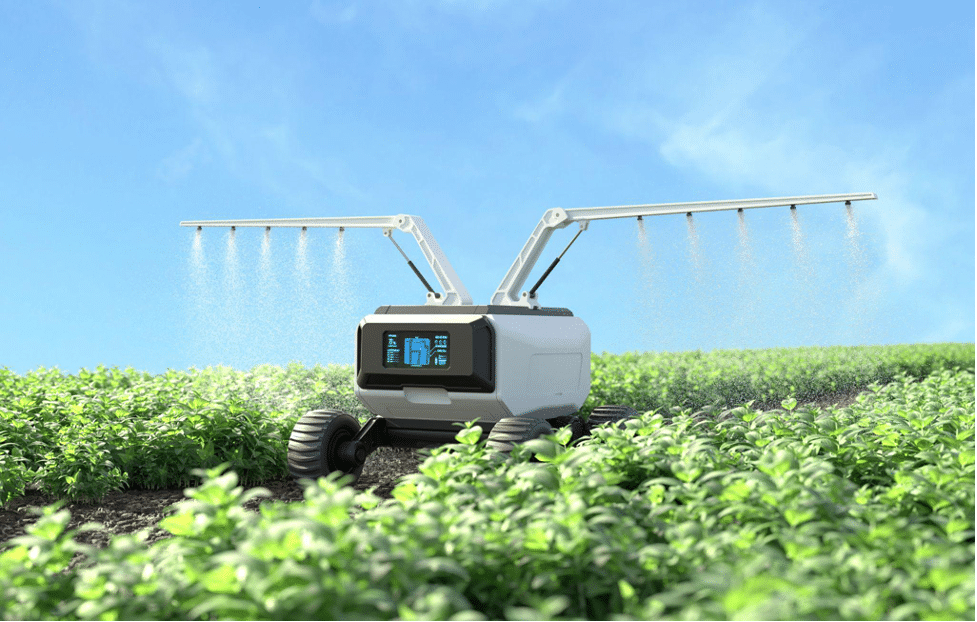Introduction:
Throughout history, farming has been the backbone of human civilization, providing sustenance and driving progress. From ancient agrarian societies to modern industrial farms, the journey of agriculture has been marked by innovation and adaptation. Today, as we stand on the cusp of a technological revolution, farming is undergoing a profound transformation, embracing cutting-edge technologies to meet the challenges of a rapidly changing world.
The Rise of Mechanization:
The mechanization of farming heralded a new era in agricultural practices. With the invention of powered machines like tractors, plows, and harvesters, farmers experienced unprecedented increases in productivity and efficiency. Manual labor, once the cornerstone of agriculture, was gradually replaced by machinery, revolutionizing the way crops were planted, cultivated, and harvested. The advent of mechanization not only transformed the agricultural landscape but also laid the foundation for future technological advancements in farming.
Embracing Automation:
As we look to the future, automation is poised to play a pivotal role in shaping the next phase of agricultural innovation. Drones, equipped with advanced sensors and imaging technologies, offer farmers real-time insights into crop health, soil conditions, and pest infestations. By surveying vast expanses of farmland from above, drones enable precision agriculture, allowing farmers to optimize resource allocation and minimize environmental impact. Similarly, AI-powered systems analyze data collected from sensors, satellites, and drones, providing actionable intelligence that enhances decision-making and maximizes yields. From automated irrigation systems to robotic harvesters, the integration of automation promises to revolutionize every aspect of farming, making it more efficient, sustainable, and resilient in the face of global challenges such as climate change and food security.

The Future of Farming:
Looking ahead, the future of farming is filled with possibilities. Vertical farming, hydroponics, and aquaponics offer innovative solutions to the growing demand for fresh produce in urban areas. By harnessing controlled environments and advanced lighting technologies, indoor farms can produce high-quality crops year-round, without relying on traditional soil-based agriculture. Similarly, precision agriculture technologies such as GPS-guided tractors and automated drones enable farmers to optimize inputs, reduce waste, and increase yields on a scale never before imagined. Moreover, advancements in genetic engineering and biotechnology hold the promise of developing crop varieties that are more resilient to pests, diseases, and adverse weather conditions, ensuring food security for future generations.
Changes in Business Practices:
As technology continues to reshape the agricultural landscape, farmers are embracing new business practices to stay competitive in a rapidly evolving market. Digital tools for inventory management, crop planning, and supply chain optimization are becoming indispensable assets for modern farmers. E-commerce platforms and direct-to-consumer sales channels enable farmers to bypass traditional distribution networks, connecting directly with consumers and capturing a larger share of the value chain. However, with the digitization of business processes comes the increased risk of cyber threats. Implementing robust email security services is essential to safeguard sensitive data, protect against phishing attacks, and ensure the integrity of communication channels in an increasingly interconnected world.
Conclusion:
The evolution of farming through technology is a testament to human innovation and resilience. From the mechanization of agriculture to the rise of automation and digitalization, farmers have continually embraced new technologies to overcome challenges and improve efficiency. As we stand at the threshold of a new era in farming, let us harness the power of technology responsibly, ensuring that agriculture remains sustainable, equitable, and resilient for generations to come. Through innovation and collaboration, we can cultivate a brighter future for all.
